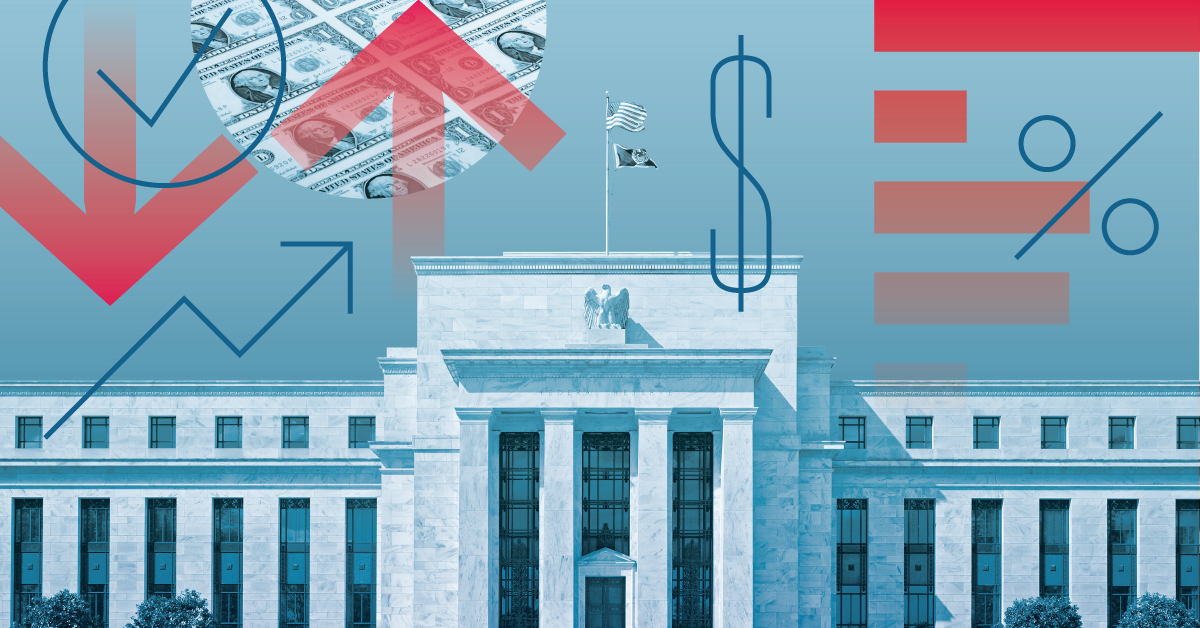Job Report Miss & Impact
Forward Lookin Implications of Jobs Miss
The miss on the jobs report can have significant implications for the stock market eventually, influencing investor sentiment and market dynamics in several ways:
- Market Volatility: A miss on the jobs report, particularly if it falls significantly short of expectations, can lead to increased volatility in the stock market. Investors may react nervously to signs of weakness in the labor market, leading to sudden fluctuations in stock prices as they reassess their outlook for economic growth and corporate earnings.
- Sector Rotation: Different sectors of the stock market may respond differently to the news. For example, sectors heavily reliant on consumer spending, such as retail and leisure, may experience declines if there are concerns about weakening job growth and consumer confidence. Conversely, sectors that benefit from lower interest rates, such as technology and utilities, may see gains as investors anticipate potential rate cuts by the Federal Reserve to stimulate economic growth.
- Interest Rates and Bond Yields: The jobs report can influence expectations about the Federal Reserve’s monetary policy stance, particularly regarding interest rates. If the report suggests that the labor market is weaker than expected, investors may anticipate a more dovish stance from the Federal Reserve, leading to lower bond yields and potentially boosting stocks in interest rate-sensitive sectors like real estate and utilities.
- Currency Markets: Currency markets may also react to the jobs report, particularly if there are implications for monetary policy. A weaker-than-expected jobs report could lead to selling pressure on the US dollar as investors anticipate a more accommodative stance from the Federal Reserve, which may lower the attractiveness of dollar-denominated assets relative to other currencies.
- Sentiment Indicators: The jobs report is a key economic indicator that provides insights into the health of the economy. A miss on the report may dampen investor sentiment, leading to a more cautious outlook for future economic growth and corporate earnings. This could result in broader market declines as investors adopt a risk-off stance and seek safer assets.
While the immediate market reaction to a miss on the jobs report can be unpredictable, it often reflects investors’ assessments of the implications for economic growth, corporate profitability, and monetary policy. As such, monitoring how the stock market responds to the jobs report can provide valuable insights into investor sentiment and market expectations.

STA Research (StockTargetAdvisor.com) is a independent Investment Research company that specializes in stock forecasting and analysis with integrated AI, based on our platform stocktargetadvisor.com, EST 2007.


































